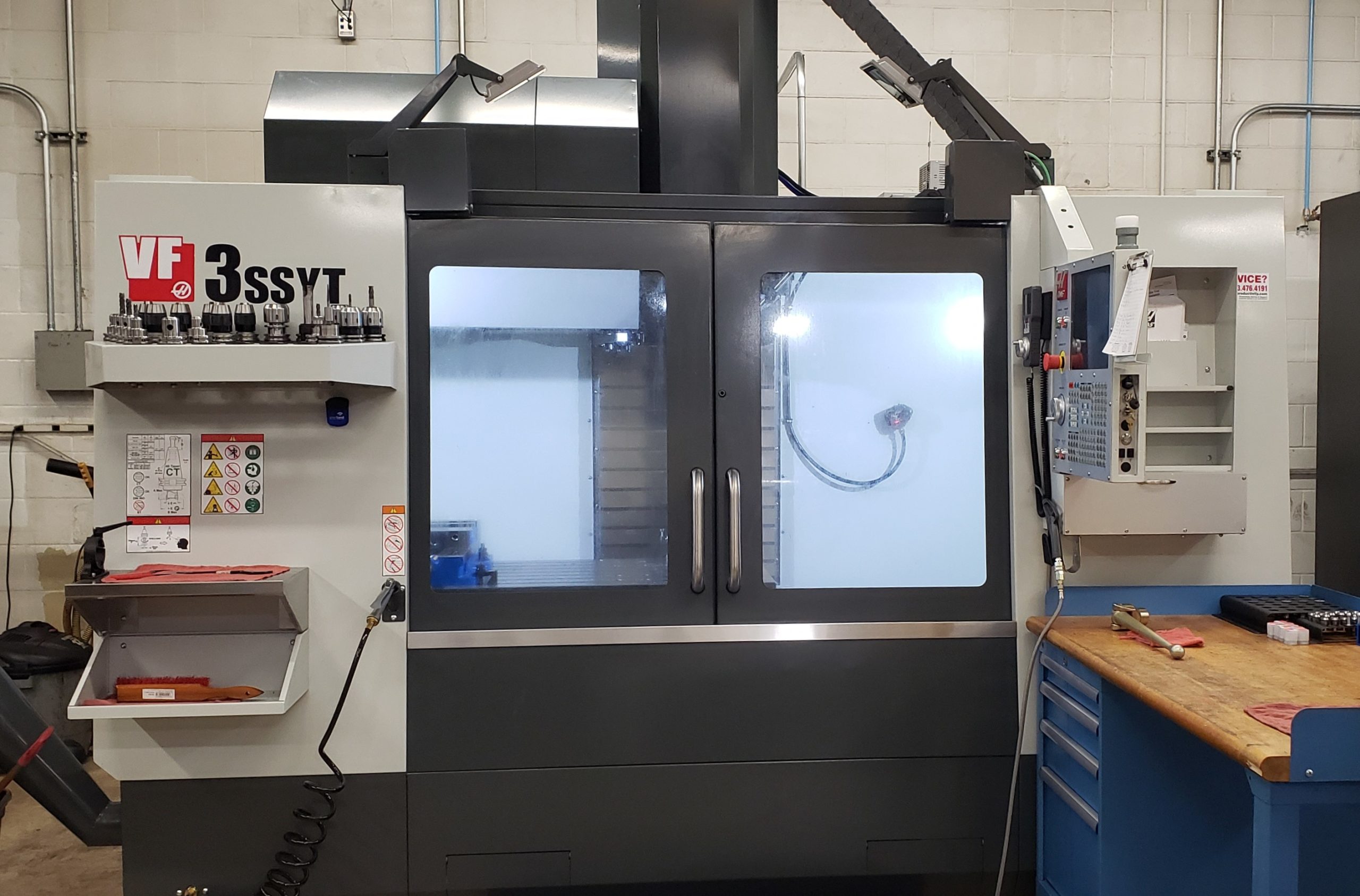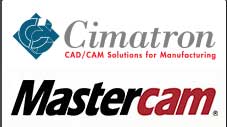Injection molding is fundamentally based on its tooling. Plastic injection tooling – more specifically, tooling design – determines the quality of the injection molding process and the parts produced, regardless of the complexity of the application or the complexity of the part.
Molding technology and plastic injection tooling
The primary objective of tooling design is to create a product that is easily manufactured. To do so requires a high-quality process that is: • Simple and effective • Durable • Easy to operate and maintain • Cost-effective and meets all specifications
The key is scientific molding. It offers extremely precise process steps that result in high-quality parts with consistently tight tolerances and repeatable dimensions.
Expert injection molders and toolmakers in the application and use of scientific molding steer clients away from arbitrary injection molding tool design decisions in favor of data-driven precision. Numerous factors can influence the design, engineering, and outcomes of plastic injection tooling, despite its apparent simplicity. Engineers who have received specialized training in scientific molding can readily identify and prevent potential errors.
The relationship between complex tooling and tight tolerances
Cavitation, tool design, and materials all influence tolerance. In general, the simpler the process, the greater the likelihood of achieving and maintaining close tolerances.
In contrast, complex parts can compromise tight tolerances because there are more variables to consider, such as the number of cavities in the mold or the need to heat or cool the tools precisely. For instance, if the tooling is not designed for consistent cooling, shrink rates will vary and it will be more difficult to achieve tight tolerances. Mold cooling and component cooling are also crucial factors in determining surface finish.
It follows logically that complex injection-molded components require complex tooling. Common added features include undercuts and threads. In the case of complex geometries, injection molding tooling may need rotating mechanical racks/gears, rotational hydraulic motors, hydraulic cylinders, floating plates, or multi-form slides.
Sensors, performance metrics, and process repeatability
Utilizing strategically placed transducers in multi-cavity and hot manifold tools to monitor and control the process in real time is directly related to scientific molding. Additionally, sensors can be placed on the tool’s surface as cooling lines or unit failure backups. On these sensors, upper and lower limits can be set to monitor the cooling rate and cavity pressure profile.
In addition to establishing a production-ready process with in-tool sensors, benchmarking requires establishing a production-ready process. For accurate monitoring, documentation, setup, and future production repeatability, it is crucial to have data that can be used as a reference when modifying tooling materials, processes, or molding machines.
Material choice for tooling
The selection of the proper tooling materials is a crucial, yet often overlooked, aspect of injection molding tool design. The choice affects a number of aspects of tool durability:
- The proper steel grade and hardness balances wear and toughness, preventing premature wear on tooling components that operate in tandem.
- Steel hardness can also result in steel fragility. • For molding glass-filled material, which can prematurely wear down tooling including runner systems and gates, harder steel is necessary.
ENGINEERING CONSIDERATIONS
In plastic injection tooling, the importance of details cannot be overstated. Engineers play a crucial role in ensuring an optimized production process, decreased costs, and superior product quality.
The placement of waterlines to maximize cooling and minimize warping is one of the primary responsibilities of tooling engineers.
- Calculation of gate/runner size requirements for optimal filling and minimal cycle times.
- Determination of the most effective shut-off techniques for tooling durability throughout the duration of the program.
Similarly, design engineers are responsible for a number of crucial tooling decisions. • Achieve optimal flow, fill pressure, cooling time, and dimensions/tolerance by determining the types and locations of the gates;
- Assure proper part performance.
- Prevent component defects and aesthetic flaws (e.g., flow marks, shrinkage, warping).
Plastic injection tooling is a combination of art and science that guides customers toward an optimized production process, reduced costs, and unparalleled product quality. Download our infographic to learn more about the process of scientifically qualifying a tool.


